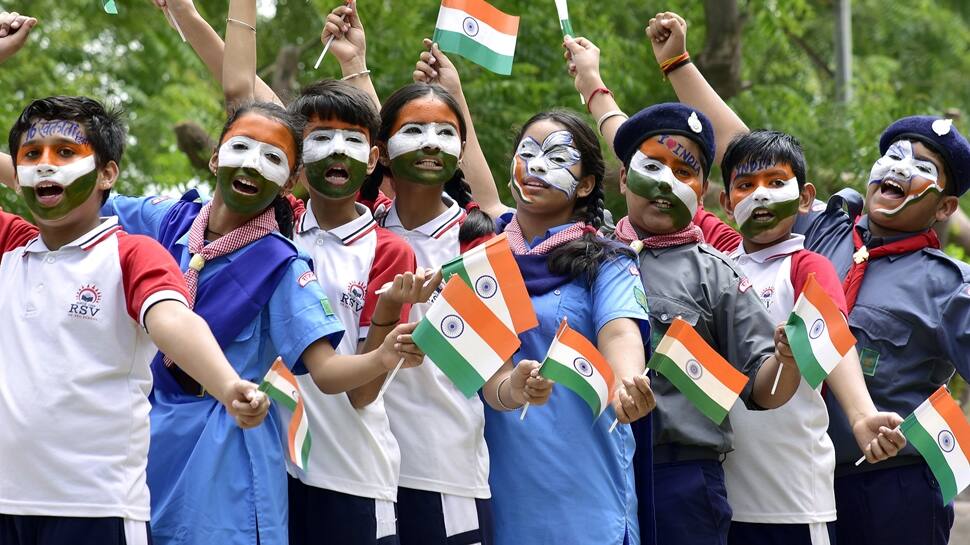Do You Know Flag Of India Once Had Moon And Star On It? Check Evolution Of Tricolour Or Tiranga This Indian Independence Day
The Independence Day fervour has already gripped the country and tricolours have covered the landscape of the country across India. However, the tricolour that you see today in its present form was not like this forever. The evolution of the Indian flag holds a unique and significant history. It went through several stages before adopting its current form. The present Indian flag's colours hold deep symbolism: saffron represents courage and sacrifice, white signifies truth and purity, and green stands for growth and auspiciousness.
First Flag Of 1906
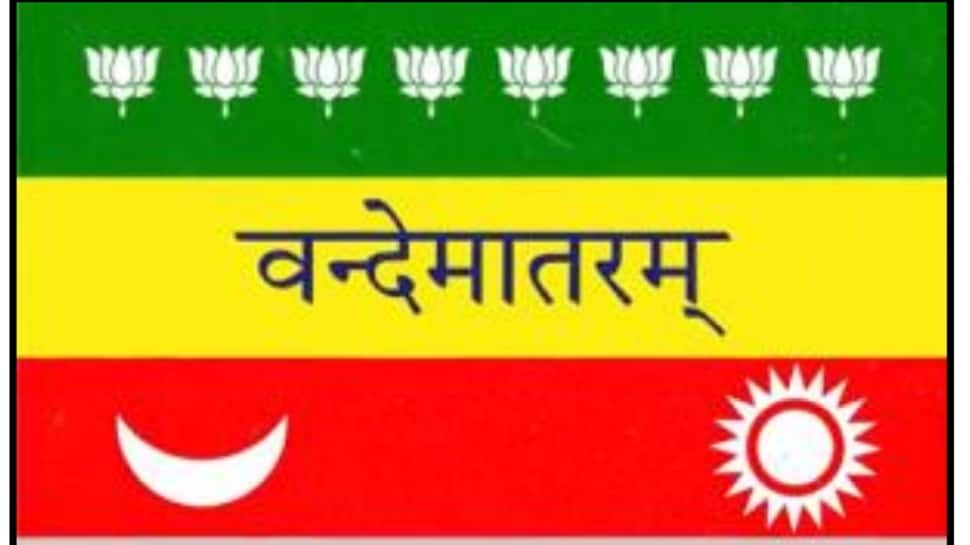
Flag By Madam Bhikaji Cama
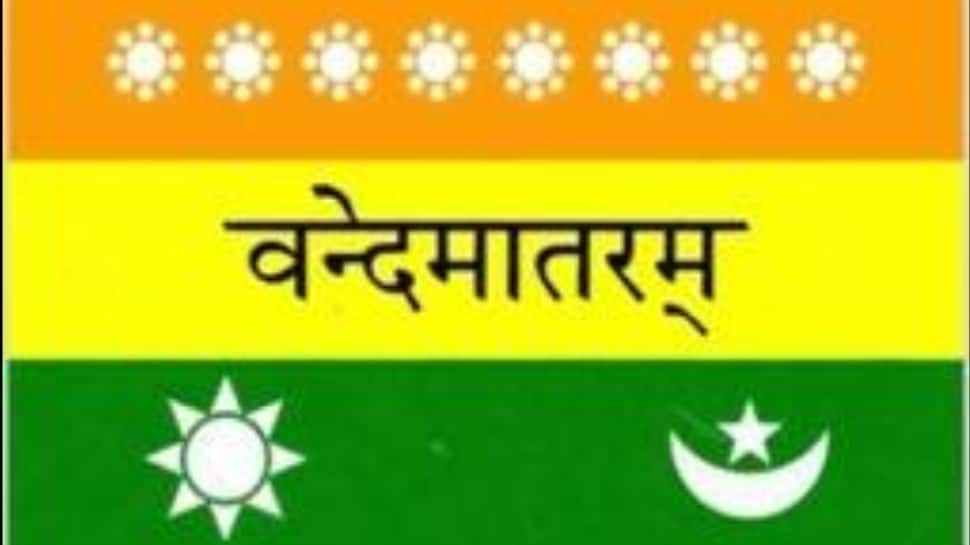
Flag By Besant and Tilak
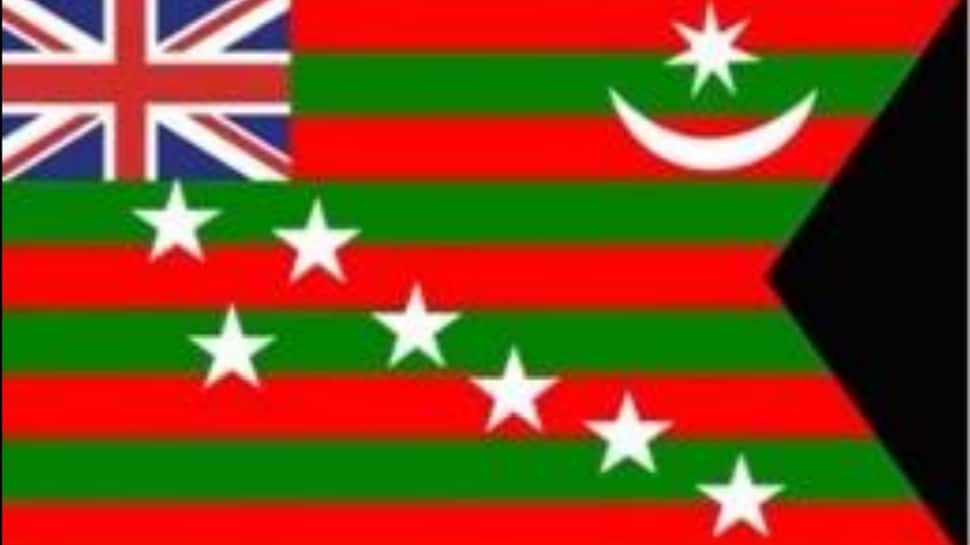
Flag By Pingali Venkaiah
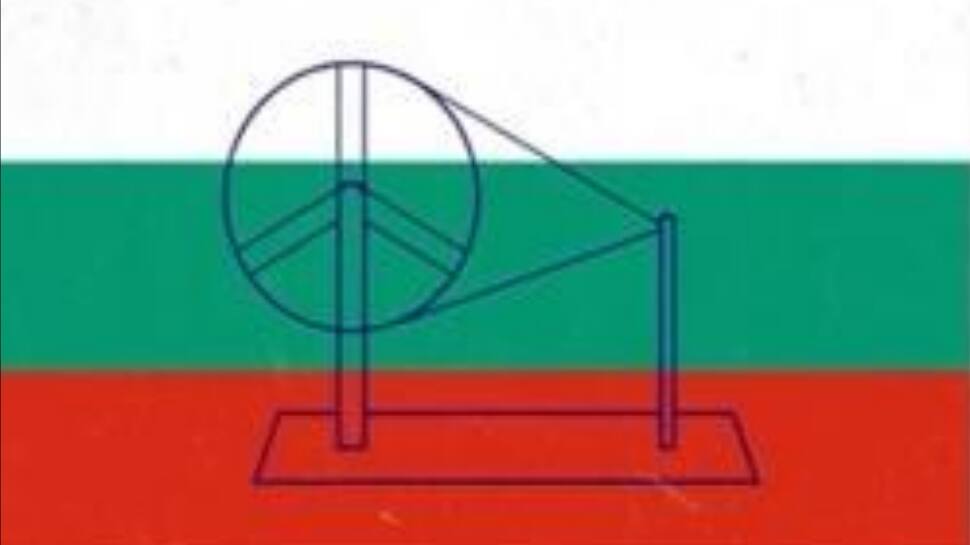
In 1921, at the Bezwada (now Vijayawada) session of Congress, a young freedom fighter Pingali Venkaiah, presented a design of a flag to Mahatma Gandhi. The flag consisted of three stripes representing multiple communities living in harmony in India. A spinning wheel was superimposed in the center, signifying the country's progress.
Modification In Vekaiah's Flag
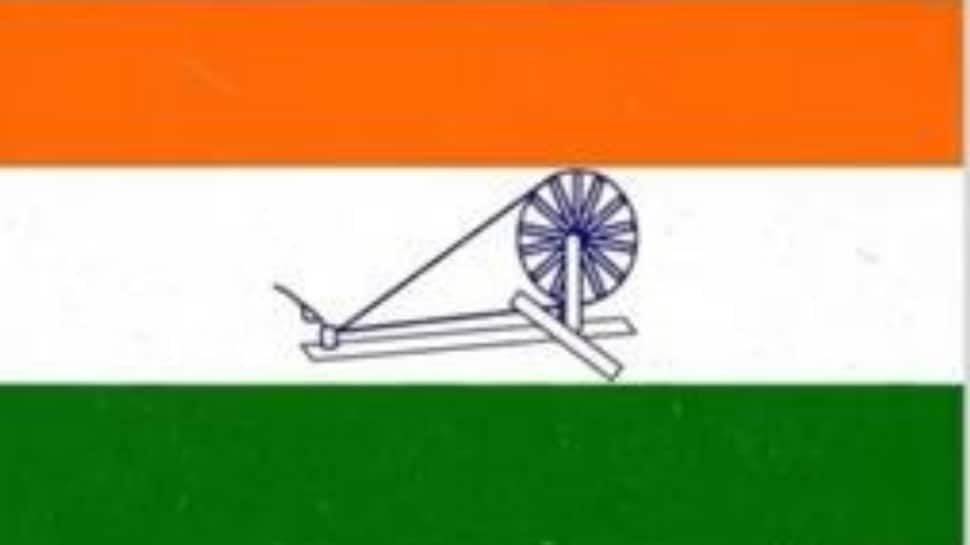
Birth Of Tiranga or Tricolour
